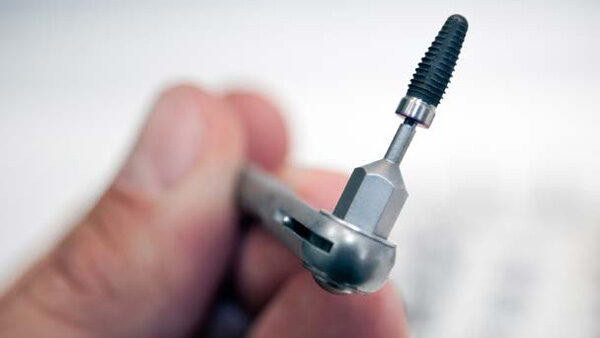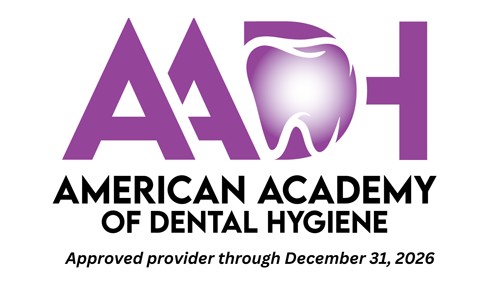A peer reviewed article by Hend Abu-Latifa, BDS, Muhammad H. A. Saleh, BDS, MSD, and Hussein Basma, DDS, DESS, MS
This review explores different strategies and outcomes associated with different timings of dental implant placement and loading, emphasizing their roles in achieving esthetic and functional success in implant dentistry. The four categories of implant placement timing after tooth extraction, proposed at the Third ITI Consensus Conference, are discussed. Overall, each timing strategy serves distinct clinical scenarios, and their successful implementation hinges on a thorough understanding of patient-specific anatomical and esthetic needs, ensuring high predictability and patient satisfaction with the implant outcomes.
Educational objectives
At the conclusion of this course, the oral health-care provider will be able to:
- Distinguish among the four implant placement timing categories (types 1–4) by comparing their clinical practice indications, advantages, and limitations
- Determine the appropriate implant placement timing (immediate, early, or delayed) for a given clinical scenario by analyzing site-specific factors such as bone volume, soft-tissue phenotype, and infection status
- Implement safe and effective surgical techniques for immediate implant placement by selecting suitable flap designs, grafting protocols, and 3D positioning to reduce complications such as mucosal recession and fenestration
- Evaluate different implant loading protocols (immediate, early, and conventional) by assessing patient-related outcomes (e.g., comfort, esthetics, function) and implant survival rates in both fully edentulous and partially edentulous cases
Photo credit: danielzgombic / E+ / Getty Images
Quick Access Code: 22450






